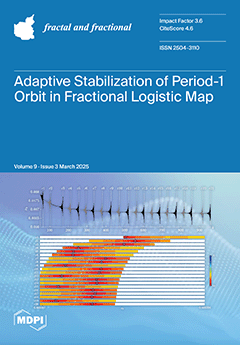Efficient and safe extraction of coalbed methane is essential for reshaping China’s energy composition. This study integrates CO
2 adsorption, N
2 adsorption, and corrected mercury intrusion porosimetry (MIP) data to analyze the full pore size distribution (PSD) of six coal samples from
[...] Read more.
Efficient and safe extraction of coalbed methane is essential for reshaping China’s energy composition. This study integrates CO
2 adsorption, N
2 adsorption, and corrected mercury intrusion porosimetry (MIP) data to analyze the full pore size distribution (PSD) of six coal samples from the Qinshui and Tiefa Basins. By applying multifractal theory, we identified key heterogeneity features across different coal ranks, followed by a discussion of the factors influencing these parameters. The results indicate the following: (1) Coal matrix compressibility significantly impacts MIP results when mercury intrusion pressure exceeds 10 MPa, with corrected mesopore and macropore volume reductions ranging from 59.85–96.31% and 3.11–15.53%, respectively. (2) Pore volume distribution varies with coal rank, as macropores dominate in low-rank coal, while micropores contribute most in medium- and high-rank coal, accounting for over 90% of the total specific surface area. Multifractal analysis of CO
2, N
2, and corrected MIP data confirms notable multifractal characteristics across the full pore size range. (3) As the degree of coalification increases, as indicated by the rise in the R
o,max value, there is a notable negative correlation observed among the multifractal parameters D
min-D
0, D
0-D
max, Δα, and H. A positive correlation exists between moisture content and volatile matter content with D
min-D
0, Δα, and H, while a significant negative correlation is shown between the concentration of minerals and D
min-D
0, Δα, and H. There exists a favorable correlation between inertinite concentration and D
0-D
max. This work presents a theoretical foundation and empirical proof for the secure and effective extraction of coalbed methane in the researched region.
Full article





